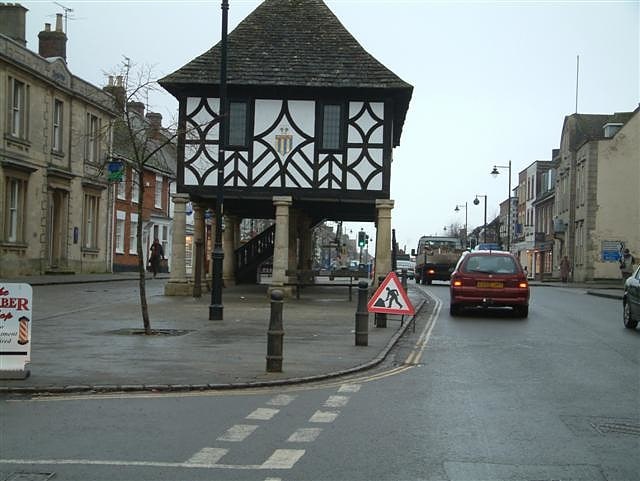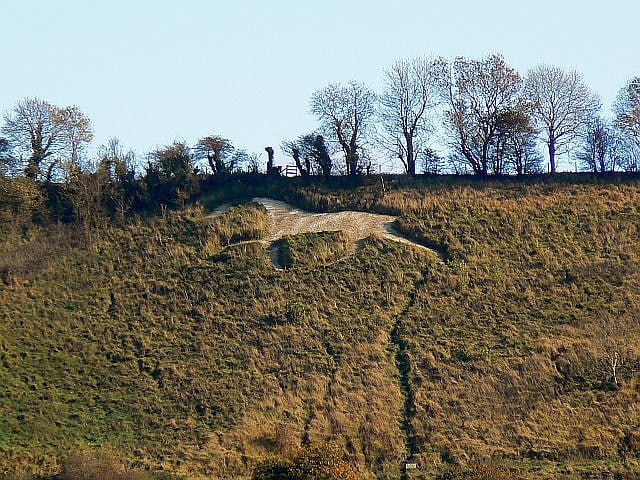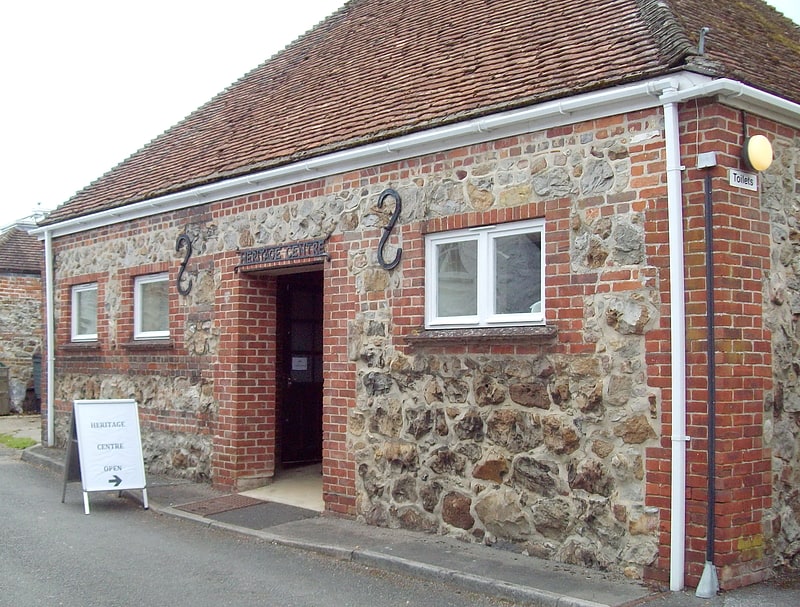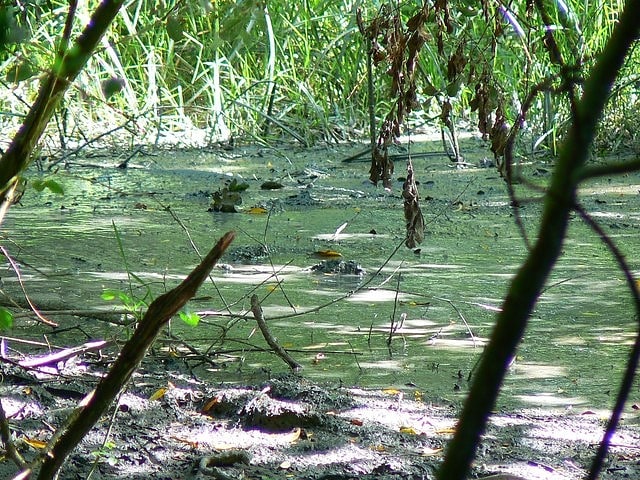Discover 4 hidden attractions, cool sights, and unusual things to do in Royal Wootton Bassett (United Kingdom). Don't miss out on these must-see attractions: Wootton Bassett Museum, Broad Town White Horse, and Aldbourne Heritage Centre. Also, be sure to include Wootton Bassett Mud Spring in your itinerary.
Below, you can find the list of the most amazing places you should visit in Royal Wootton Bassett (England).
Table of Contents
Wootton Bassett Museum

Museum in Royal Wootton Bassett, England. Wootton Bassett Museum is a local museum in the market town of Royal Wootton Bassett, Wiltshire, England. It is located in the town hall which is a Grade II listed building.[1]
Broad Town White Horse

Broad Town White Horse is a hill figure of a white horse located in the village of Broad Town, Wiltshire, England. One of eight canonical hill figures in Wiltshire depicting a white horse, it is carved into a 45° slope above Little Town Nursery Farmhouse and is visible for 20 miles. The horse is 80 by 60 feet in size and composed of fine compacted chalk with well defined edges. Although its origin is uncertain, according to William Plenderleath, writing in 1885, it was cut in 1864 by a William Simmonds, who held the farm then. Simmonds claimed later that it had been his intention to enlarge the horse gradually over the years, but he had to give up the farm and so did not have the opportunity.
The white horse serves as an icon for the village of Broad Town and is generally regarded as one of the most animated white horse figures in Wiltshire, and has been noted for being both conspicuous, due to its being visible for many miles, and the "secret white horse," due to its rural location away from main roads. The horse regularly fell into neglect over time, and scouring and maintaining the horse was frequently a problem until 1991, when the Broad Town White Horse Restoration Society was formed by local villagers to regularly scour and maintain the horse, which they have continued to do ever since.[2]
Aldbourne Heritage Centre

Aldbourne Heritage Centre is a local museum and heritage centre in North-East Wiltshire, England, next to The Crown Inn in the centre of Aldbourne. It opened in August 2014, presenting objects and displays which provide insights into the rich history of Aldbourne from prehistoric times to the present day and which are of interest both to visitors to the village and to residents. It is managed by the Aldbourne Community Heritage Group, which also organises talks and events on topics related to local history.[3]
Wootton Bassett Mud Spring

Wootton Bassett Mud Spring is an 8,000-square-metre geological Site of Special Scientific Interest in Wiltshire, England, notified in 1997. It can be found following a ten-minute walk from the canal car park opposite Templars Way, along the Wilts & Berks Canal cut and then south across agricultural land.
The mud springs at Wootton Bassett are oozing springs of cold, grey mud that blister up under a thin layer of vegetation from Ampthill Clay. The water emerging in the mud comes from an aquifer in the Coral Rag Formation beneath the clay and brings to the surface iridescent fossils originating in the mid to late Oxfordian age of the Late Jurassic. The fossils, sometimes with aragonite covering, include foraminifera and ostracoda and are exceptionally well preserved. Also found are many specimens of otoliths, dominated by forms identified as Otolithus (Leptolepididarum).
The flow is generally a slow ooze; however, in 1974 workers clearing the nearby stream, Hancock's Water, described a jet of mud rising into the air. In 1990 an attempt was made to fill in the most active spring by putting 100 tonnes (110 tons) of rubble into it. This displaced mud, which ran into Hancock's Water, but the rubble could no longer be seen.
In June 1996, the British Microbiological Biodiversity Association (BMBA) sent a team of microbiologists to monitor and sample the springs. They discovered that the springs are more than 120 metres (390 ft) deep and 75 millimetres (3.0 in) in diameter. They emit a steady flow of fluidised mud at a rate of several cubic metres per day. The BMBA scientists were interested in the anaerobic microbiology of the mud flow and the possible links between this source and the deep terrestrial biosphere. They discovered that within the area there are five main sites of mud-spring activity, one of which can be subdivided into three separate mud springs. They also measured the temperature, pH and conductivity of the fluid within the springs.[4]